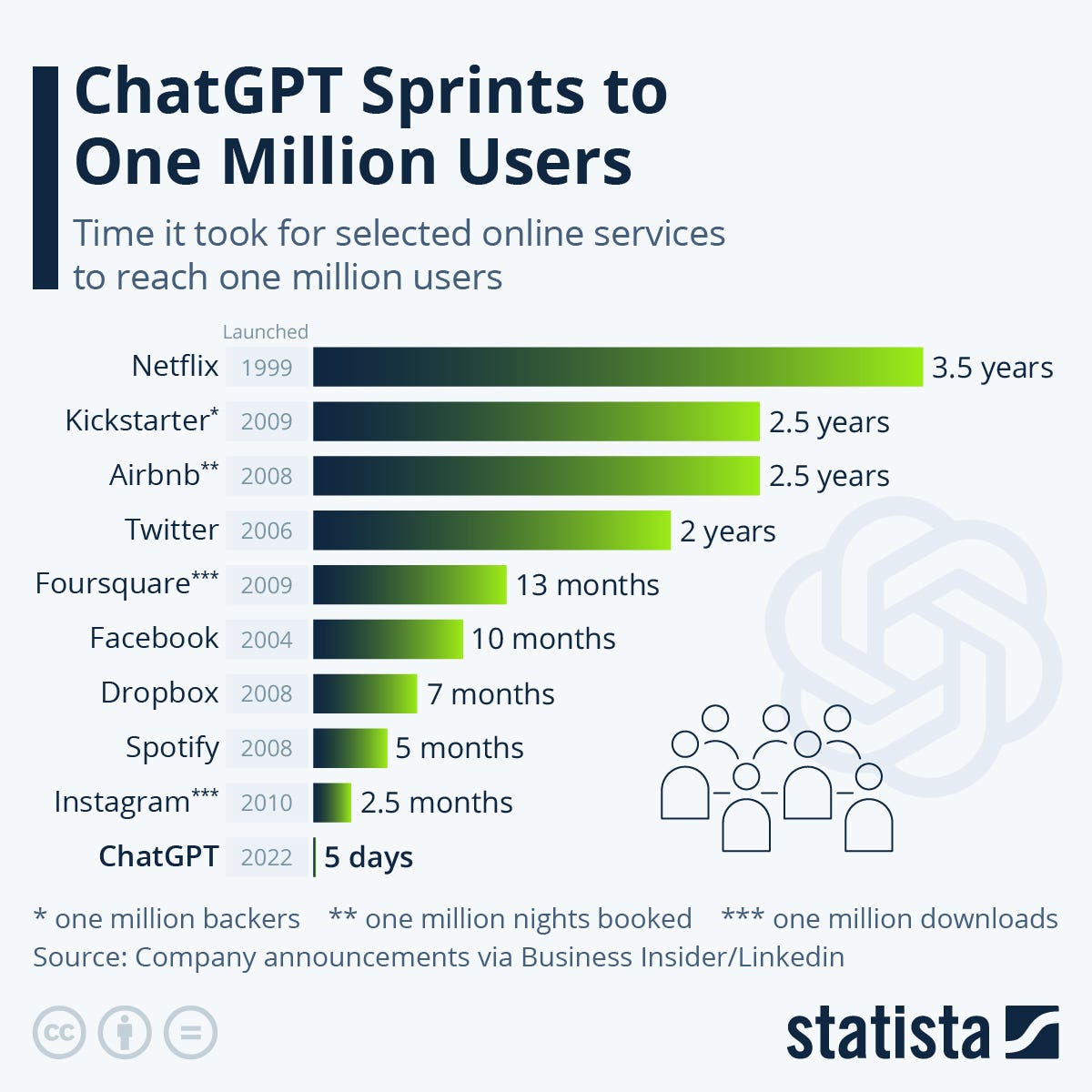People are always looking for ways to do a task better or faster. Or for new entertainment value.
Figma helped designers do their jobs better than Adobe XD. Zoom helped users connect remotely better than Skype or Webex. And Zapier helped users automate tasks that otherwise could take up a whole day.
To change user behavior, what you have to offer better be a game-changer
However, changing user behavior is hard. In fact, that’s the difference between innovation and just another product. Innovative companies and product teams adapt quickly and introduce new behaviors. To change user behavior, you have to involve the user in the innovation process to identify unexpected ways to add value. To do this requires a deep understanding of user pain points and motivations. It also requires the ability to effectively communicate the value of the product to potential users. This applies to both external customers and internal users.
I am currently facing this challenge with my internal users. About a year and a half ago, my team and I developed a simple yet smart product feature that allowed data collectors to semi-automate the repetitive task of identifying the players on the field in a football game over thousands of video frames. The problem with this feature is that, while it was effective, it had hit a ceiling of efficiency. In other words, there wasn’t much room left to iterate to make it do the job better or faster.
We needed to innovate again. To do so, I did three main tasks during discovery:
Market research: Although the problem we were trying to solve was super niche, I found some similar user experiences in different kinds of computer vision software that helped broaden out my solution tree.
User observation and interviews: I wanted to see how users behaved as well as hear how they articulated the pain points they faced. This kind of qualitative feedback provided insights into the potential barriers to adoption of the new feature.
When I settled on a solution, (a mix of AI + data algorithms to nearly fully automate the repetitive task) the final discovery task I did was:
User testing: Before releasing, we did rounds of user testing to collect as many objections as possible to the new feature. This step was key. That’s because when I released the new feature, I’d be leaving the old feature for them to continue to use. The analytics showed that there were potential efficiency and data quality gains to be had with the new feature, but only if the users adopted it. And they would only adopt it if they trusted that it was better.
During discovery, I realized that my users were afraid that they would make more errors with the new data collection feature. And more errors over time meant risk to their job security.
I hadn’t originally taken that into consideration when thinking about my solution. I only viewed it from an efficiency gain point of view. I hadn’t communicated the value proposition of the new feature clearly enough for them to trust it.
This is where I could have done better.
When trying to change user behavior, a big challenge is managing expectations and overcoming resistance to new ways of doing things. This can be even more difficult when introducing a completely new product or feature that requires a major shift in user habits. To overcome this, it's important to explain the benefits of the product to the user and to address their concerns directly. Providing your users with resources and support can also help bridge the trust gap and get more users to adopt the new feature.
Changing user behavior with a new product is tough. To do it well, you need to really understand what motivates and frustrates users, and be able to explain why the new product is valuable. It's not easy, but it can be really satisfying if you succeed.






Great post Yahia. Change management can be one of the most challenging things we face as PM's. I wrote a bit about this recently as well:
https://www.productparty.us/p/if-i-can-change-and-you-can-change